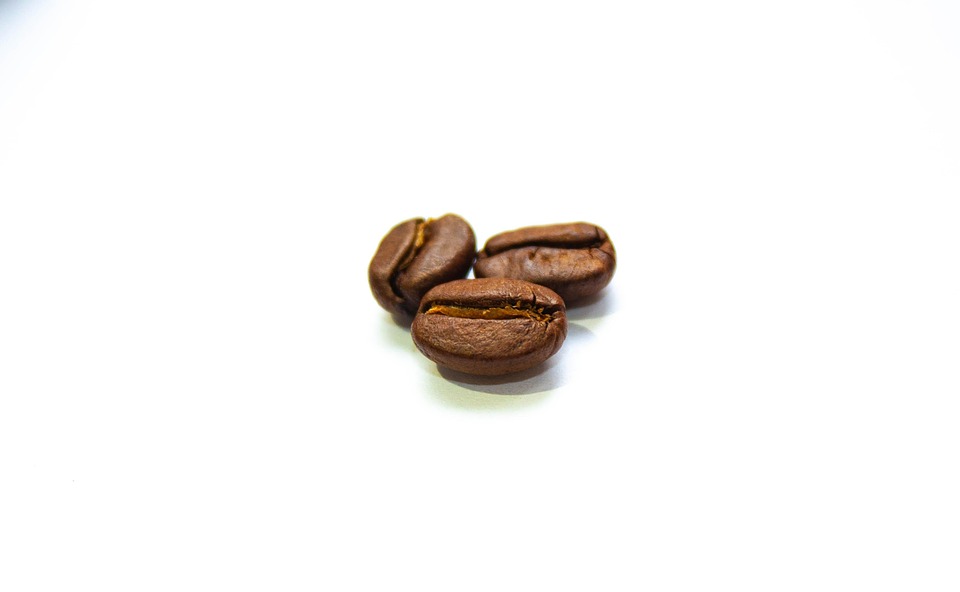Coffee lovers around the world often seek out the finest brews, and within this realm lies the intricate and nuanced world of specialty grade coffee. This category, marked by high-quality standards and exceptional flavor profiles, stands apart from mainstream coffee. But what exactly defines specialty coffee? What are the intricate processes involved in its production? This article aims to unravel the various facets of specialty grade coffee—from bean cultivation to the brewing process—while highlighting its significance in the global market.
The Definition of Specialty Coffee
Specialty coffee is defined by a strict set of criteria established by the Specialty Coffee Association (SCA). Primarily, it must score 80 points or above on a 100-point scale by a certified coffee taster. This evaluation considers various attributes such as aroma, flavor, acidity, body, and aftertaste. The meticulous grading process ensures that only the highest quality beans are labeled as specialty grade.
Growing Conditions and Influences
The journey of specialty coffee begins in the fields. The growing conditions significantly affect the bean’s quality, flavor, and overall character. Here are key factors that influence the production of specialty coffee:
- Climate: Coffee plants thrive in specific climatic conditions, typically found in the “Coffee Belt,” a region between the Tropics of Cancer and Capricorn. Ideal temperatures, consistent rainfall, and appropriate altitudes play crucial roles.
- Soil: Nutrient-rich volcanic soils often yield superior coffee due to the essential minerals that influence flavor attributes.
- Varietals: The choice of coffee plant varietals (e.g., Arabica vs. Robusta) drastically affects flavor profiles. Arabica beans are more commonly used in specialty coffee due to their complex flavors.
Harvesting and Processing
Once the coffee cherries are ripe, the next critical phase is harvesting. This can involve manual or mechanical methods, though specialty coffee is often hand-picked to ensure only the best cherries are selected. Following harvesting, the beans undergo a meticulous processing method. There are several popular methods:
- Washed Process: This method involves removing the cherry’s outer skin, fermenting the beans, and then washing them. It results in a clean and bright flavor.
- Natural Process: Here, cherries are dried in the sun, allowing the beans to absorb the flavors from the cherry itself. This method yields a fruity and complex profile.
- Honey Process: A hybrid method where some of the cherry’s mucilage is left on the bean during drying, resulting in a sweet and full-bodied flavor.
Roasting: The Art of Transformation
Once processed, green coffee beans are roasted, a transformative stage where their flavors are unlocked. The roasting profile, including temperature and duration, can profoundly affect the final taste. Light roasts typically showcase the bean’s inherent flavors and are more acidic, while dark roasts offer deeper, bolder flavors. Master roasters often undertake extensive trial and error to develop the ideal roast for each batch of specialty coffee.
Brew Methods: Unlocking Flavor
After roasting, the focus shifts to brewing. Several methods can extract the unique flavors of specialty coffee:
- Pour Over: This method allows for precise control over water flow, highlighting subtle flavors.
- French Press: Known for its full-bodied taste, this method allows oils and fine particles to remain in the cup.
- Espresso: This intense method extracts concentrated flavor, often used for coffee-based beverages.
The Importance of Traceability and Sustainability
In recent years, the coffee industry has seen a shift towards sustainability and traceability. Consumers increasingly seek coffee that is ethically sourced and environmentally friendly. Specialty coffee often supports better agricultural practices, fair wages for farmers, and a focus on reducing carbon footprints. Programs like direct trade and transparent supply chains enhance the relationship between consumers and producers, fostering a deeper appreciation for the craft behind each cup.
Conclusion
The world of specialty grade coffee stretches far beyond the surface of a simple cup of joe. Understanding the intricate processes—from cultivation to brewing—helps consumers appreciate the exceptional quality and flavors that distinguish specialty coffee. As coffee connoisseurs continue to expand their palates, the craft of specialty coffee will undoubtedly remain an evolving and celebrated art form. For those eager to delve deeper into the discussions of quality certification and the true value of specialty beans, visits to informative articles like this one can provide valuable insights.
FAQs
What makes coffee “specialty”?
Specialty coffee scores 80 points or higher on a standardized scale, ensuring it meets rigorous quality standards in flavor, aroma, and overall attributes.
How is specialty coffee harvested?
Specialty coffee is typically hand-picked, ensuring that only the ripe cherries are selected for processing, which enhances quality.
What are the common processing methods for specialty coffee?
The most common methods include washed, natural, and honey processes, each imparting unique flavor profiles to the beans.
Why is sustainability important in specialty coffee?
Sustainability ensures ethical practices in coffee production, supporting farmers and protecting the environment, which has become a critical concern for consumers.
How can I brew the best cup of specialty coffee?
The brewing method you choose impacts the flavor. Experimenting with different methods like pour-over, French press, or espresso can help you find your preferred taste.





